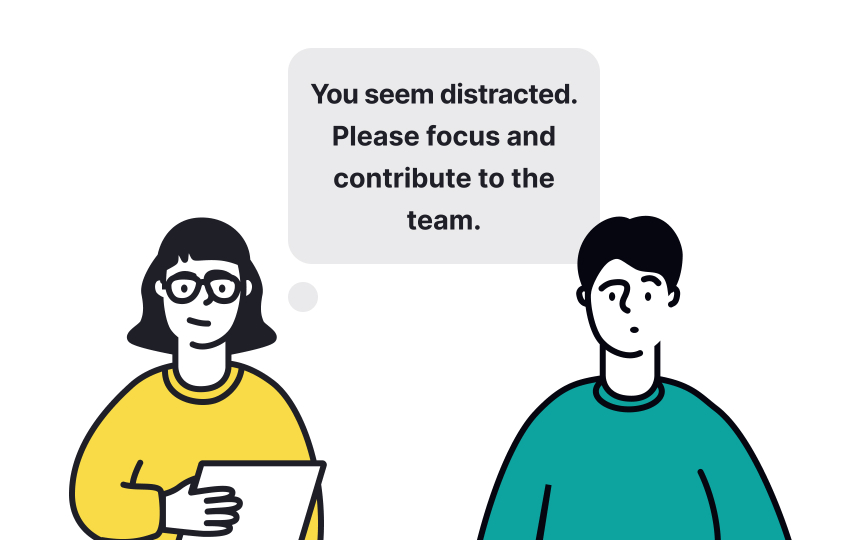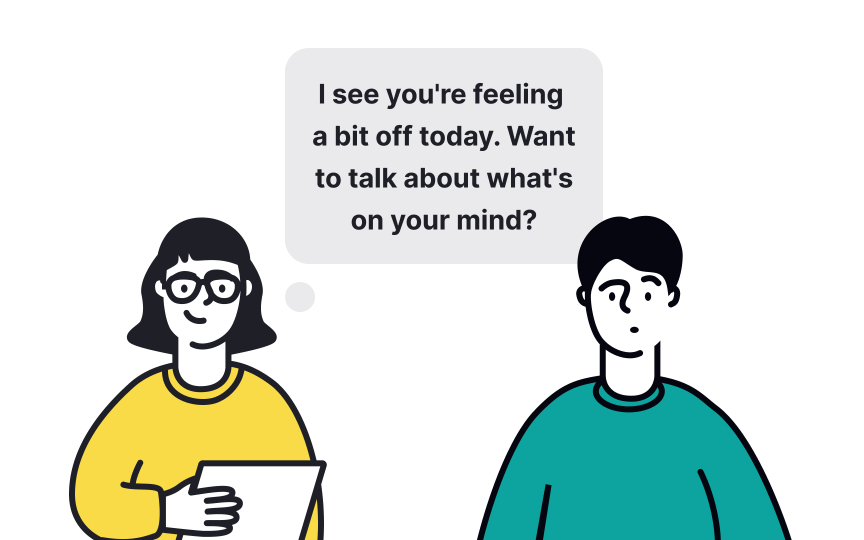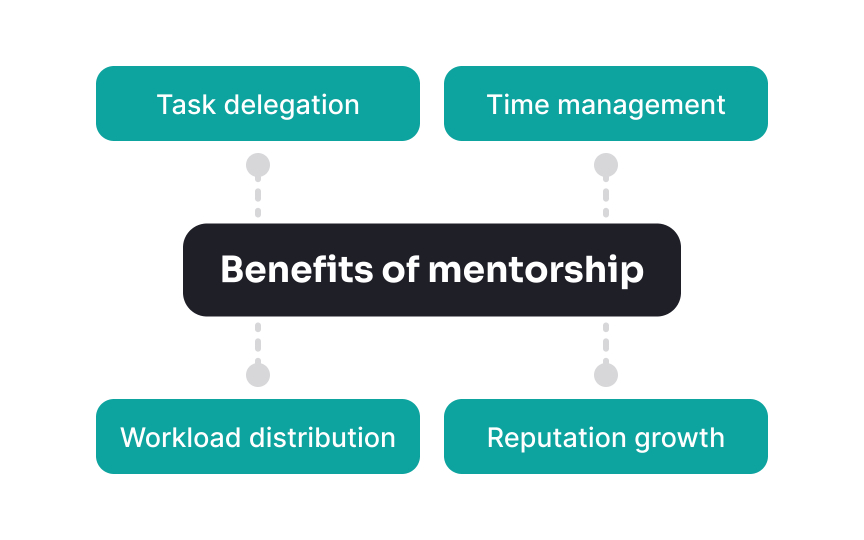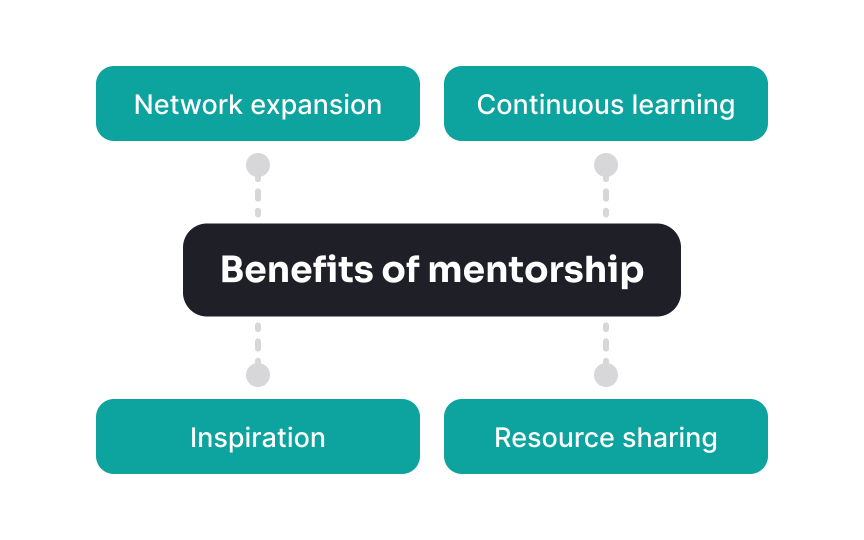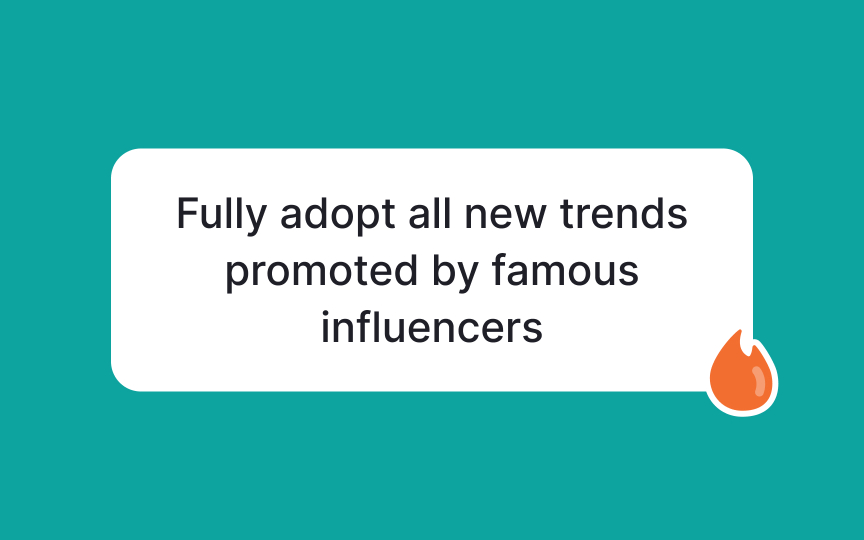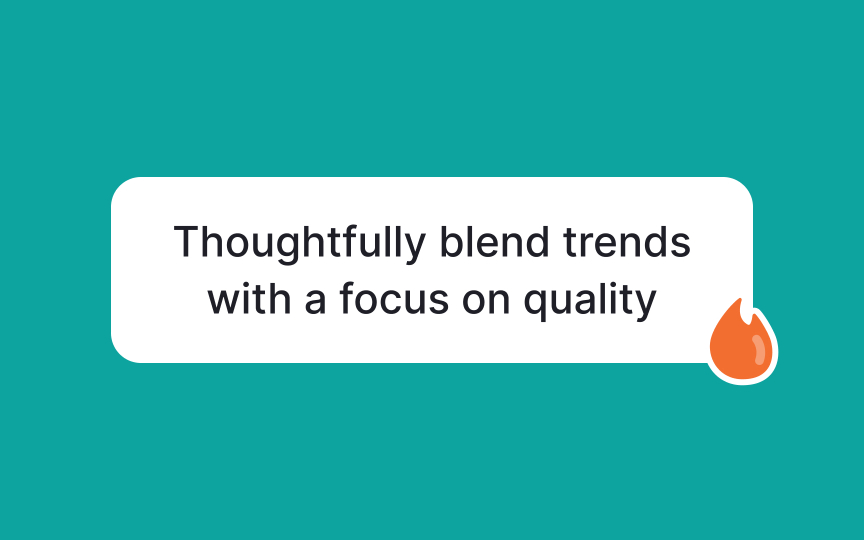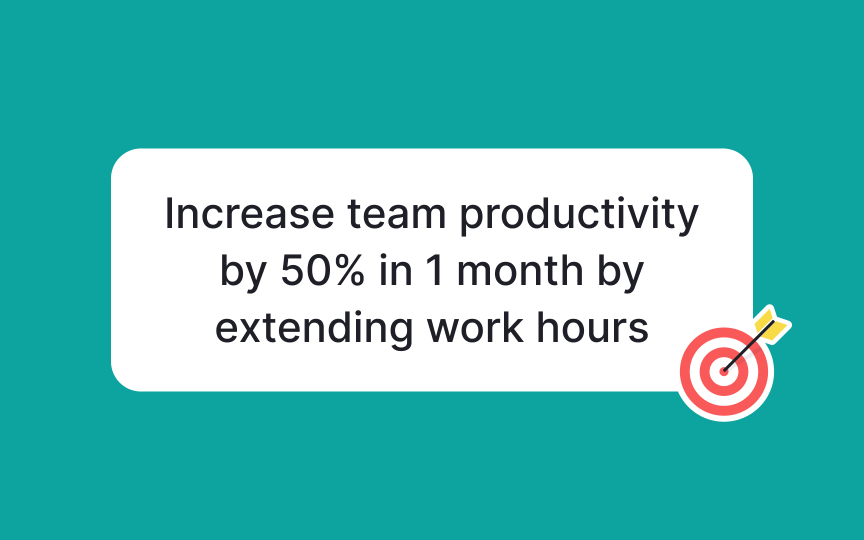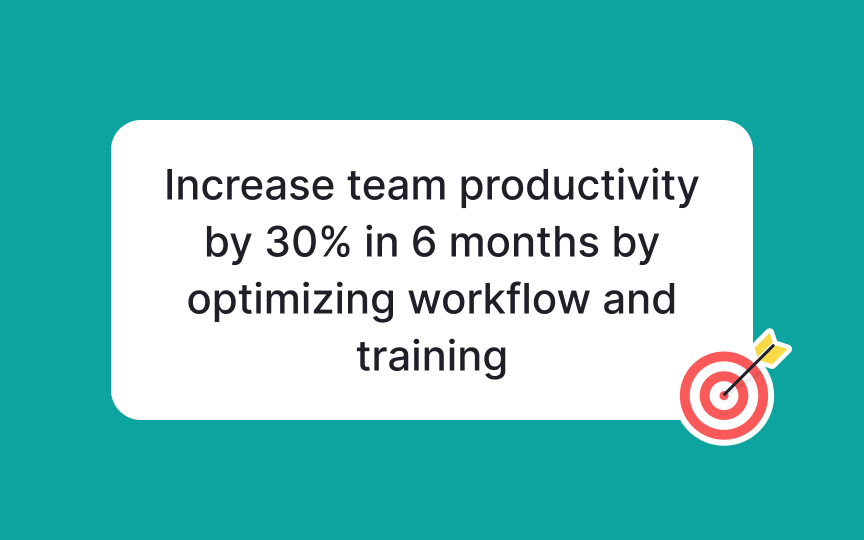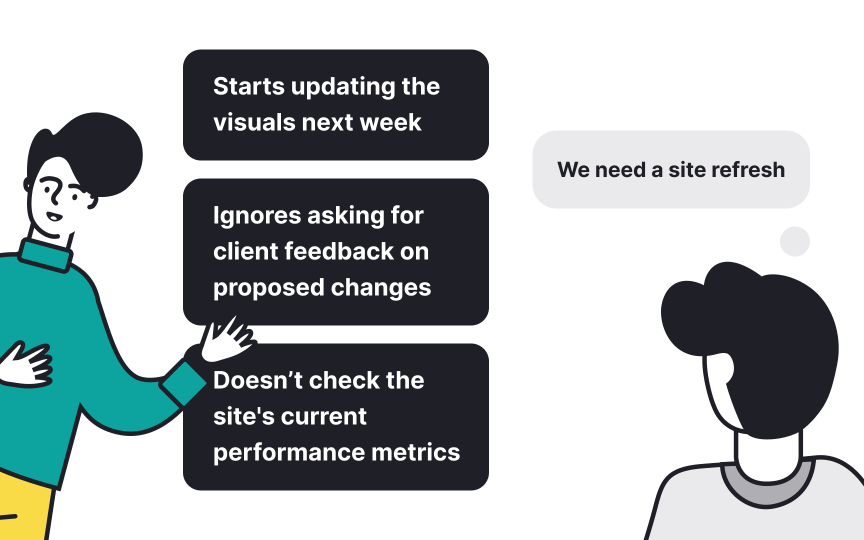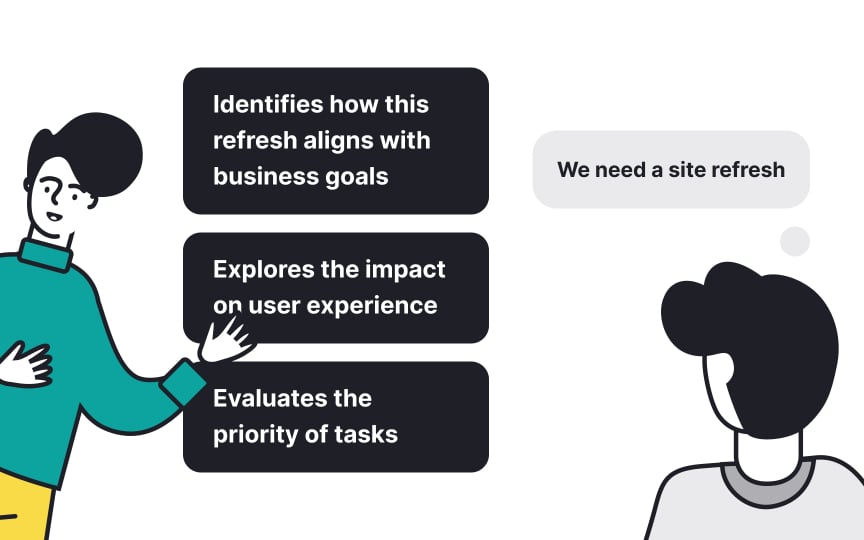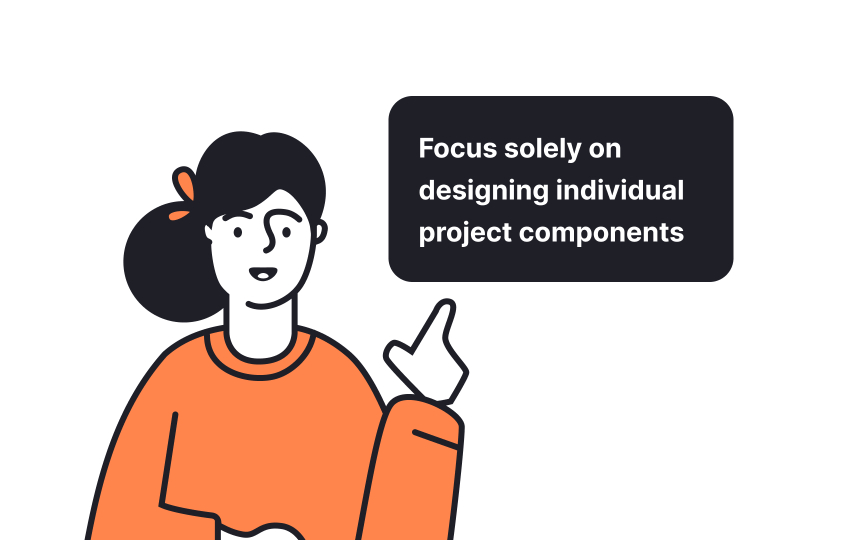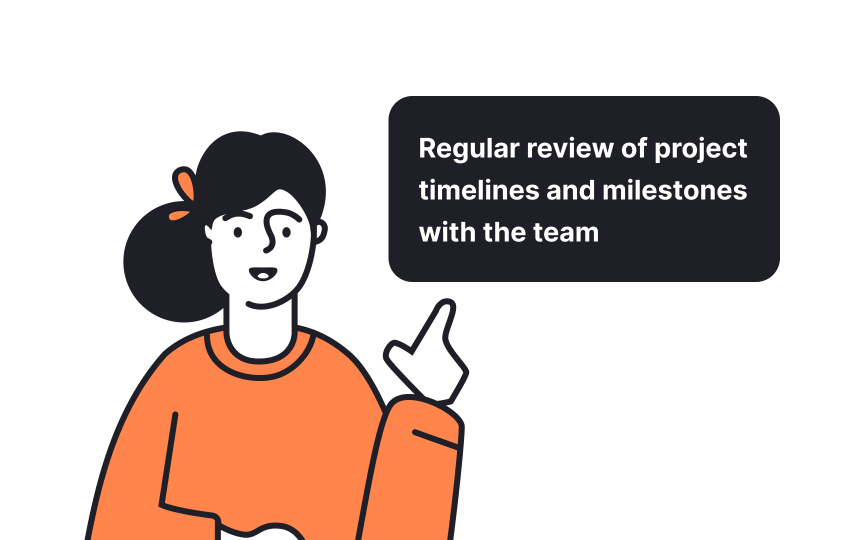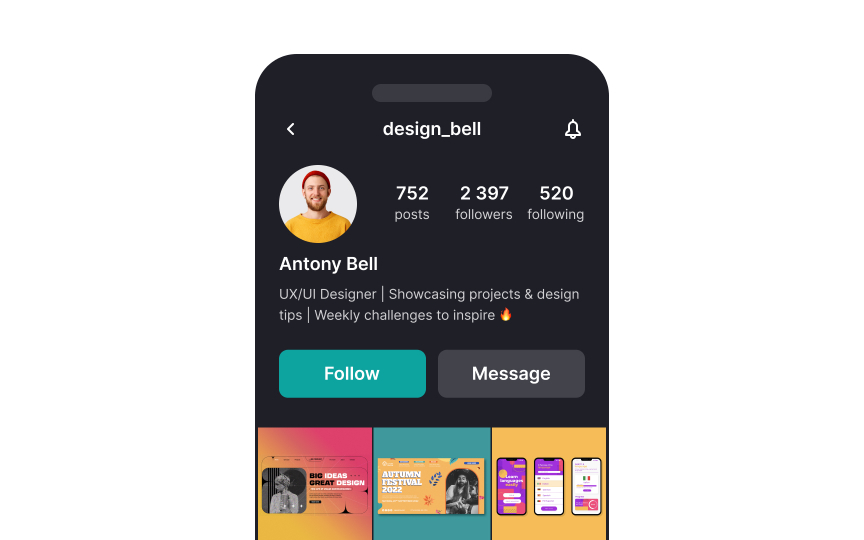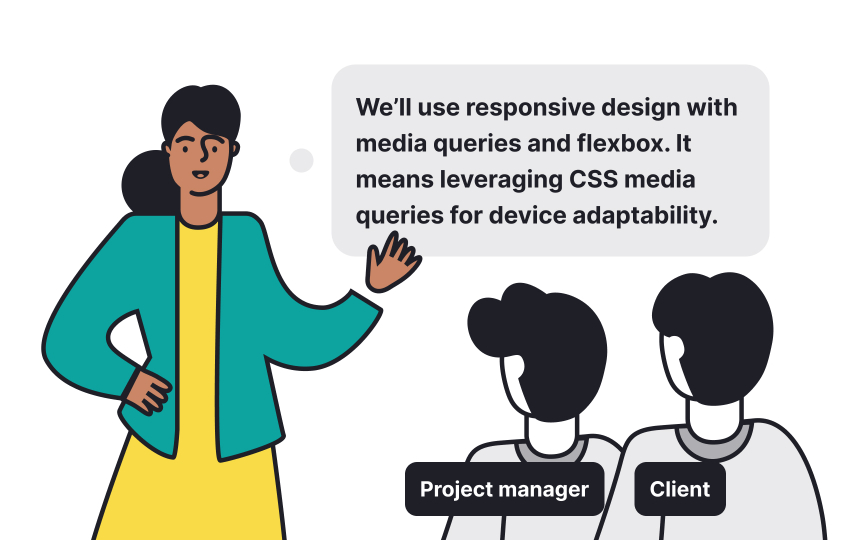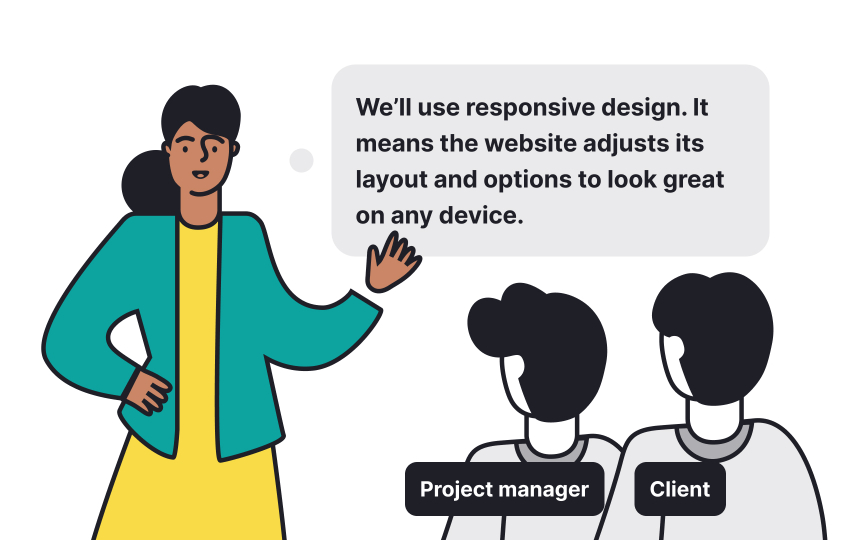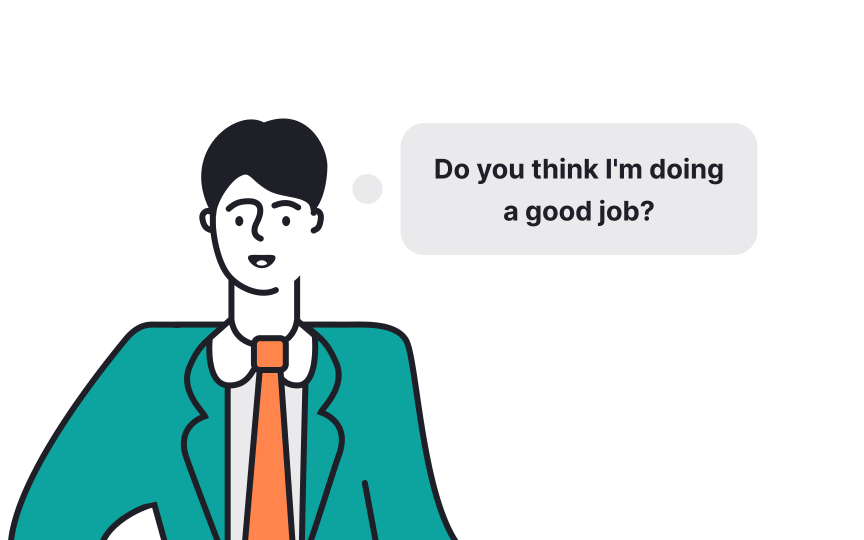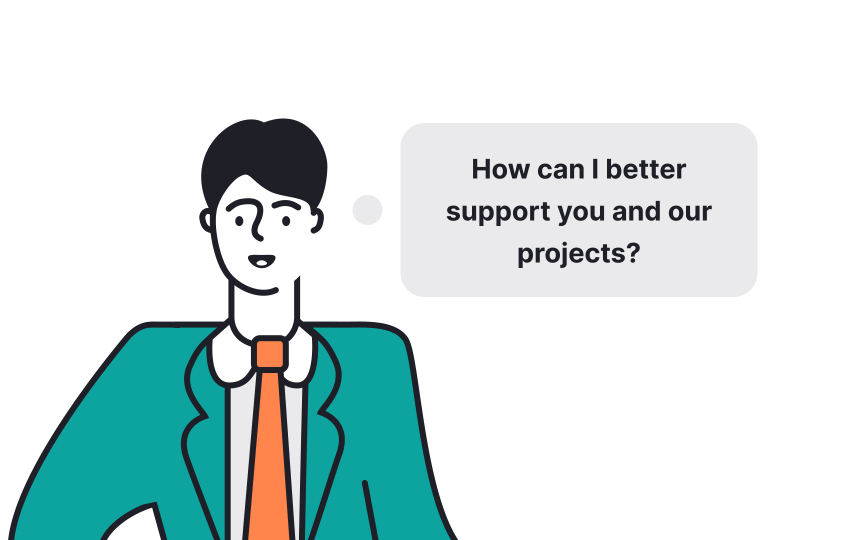Transition from a Designer to a Design Leader
Learn how to acquire the skills and the right perspective to transition from a designer to a design leader
A design leader is more than just a talented designer; they're a guiding light for their team, merging creativity with the knack for inspiring and leading others. Their path begins with getting good at strategic thinking and looking past the design itself to understand its business effects.
Developing a personal brand and being open to feedback sharpens their methods, and collaborating with other departments expands their view. What's key is their dedication to never stop learning, staying flexible and innovative. Embracing leadership involves evolving beyond the design space to lead with insight and empathy, keeping things simple yet impactful.
Strong communication skills involve speaking clearly, listening attentively, and providing valuable feedback. This builds trust with your team and colleagues.
Here are some tips:
- When someone is speaking to you, avoid multitasking. Give them your full attention to show respect and ensure you understand every detail.
- Prepare what you want to say and consider how to express it before starting a conversation. This approach is particularly useful in scenarios like performance reviews, where specific examples can support your feedback.
- Your body language and tone significantly impact your message. They can either reinforce or undermine what you're saying. During disagreements, carefully chosen words and tone can transform a potentially tense situation into a constructive conversation.
- Practice active listening by fully concentrating on the speaker, eliminating distractions, and holding back immediate responses.[1]
Emotional intelligence is crucial for design leaders aiming to deeply understand and connect with their team's emotions, fostering an empathetic culture. True
Observation plays a key role in grasping user needs. More than just listening, watching people's behaviors, body language, and surroundings provides a fuller understanding of their experiences.
The What-How-Why method is a powerful tool in this process:
- "What" focuses on observing actions, context, and details
- "How" examines the effort, emotions, and tools used
- "Why" seeks to understand the motivations and emotions driving behaviors, connecting observed actions to emotional states
Utilizing this method to notice how team members approach projects, interact, and receive feedback enables leaders to adjust their leadership approach to better meet both individual and collective needs.
Being a mentor is about more than sharing knowledge; it's an opportunity to inspire and open doors for the next generation. Here's how being a mentor benefits design leaders:
- Inspiration: Mentors and mentees inspire each other, leading to innovative and creative solutions.
- Network growth: Mentoring allows leaders to expand their professional networks and learn from peers.
- Resource sharing: Mentors exchange resources and experiences, enriching both their and their mentees' journeys.
- Altruism: Many mentors are driven by the desire to give back to the community and make education accessible to all.
- Continuous learning: The mentor-mentee relationship encourages mentors to reflect on their practices, fostering continuous improvement.[2]
Design leaders should guide their teams in balancing trend awareness with the risk of self-doubt or feeling left behind. Encourage integrating trends thoughtfully into your team's unique design voice, avoiding the pitfalls of blindly chasing the latest fad. Here's how you can stay in the loop:
- Follow influencers: Subscribe to newsletters, podcasts, and blogs from design experts. Platforms like X (former Twitter), LinkedIn, and Instagram are great for insights from leading designers and product managers.
- Join communities: Engage with online forums and groups dedicated to product design. Sites like Product Hunt and Dribbble are perfect for discovering new products and networking.
- Attend events: Participate in design events and workshops to learn new skills and connect with others in the field.
- Experiment: Try new tools and techniques to enhance your design process and outcomes.
While trends offer fresh perspectives, remember they're fleeting. Quality design should be your core focus, with trends adding flavor rather than dominating your work. This approach prevents the trap of becoming outdated and helps maintain a unique style.[3]
Having a growth mindset is crucial for design leaders, starting with a strong sense of curiosity. Remember, there's always something new to learn, no matter how much you know. How can you establish a daily learning routine?
- Identify areas for improvement, particularly those essential for design leadership, and create a personalized learning path.
- Look for tools and resources to fill these gaps. Consider every learning opportunity as a step toward growth. Uxcel provides countless opportunities for continuous learning, just 10 minutes a day.
- Expand your knowledge by reading, engaging in diverse discussions, and attending workshops or courses that interest you.
Pro Tip: Uxcel's skill graph enables designers to monitor their progress comprehensively. Every quiz, design brief submission, skill assessment, and certificate obtained contributes to developing a specific skill.
For designers on the path to leadership, learning how to set and increment goals effectively is key. Dividing larger projects into smaller, manageable parts not only makes them more approachable but also allows for the celebration of progress, boosting confidence. Here are several strategies to enhance your goal-setting skills:
- SMART goals: This stands for goals that are Specific, Measurable, Achievable, Relevant, and Time-bound. Crafting your goals with these criteria in mind ensures they are clear, trackable, realistic, aligned with broader objectives, and achievable within a set timeframe.[4]
- Rule of 5: Select 5 specific actions that propel you toward your goal, leveraging the resources you have. These actions should either push your goal forward or offer clarity on what to do next. Keeping to just 5 tasks at a time helps avoid feeling overwhelmed. Once these are completed, evaluate your progress and plan your next steps.
- Anti-goal setting: Focus on identifying potential obstacles to your goals, such as resource shortages or excessive meetings, and establish guidelines to circumvent these issues. This proactive approach centers on preventing setbacks, keeping you aligned with your ultimate objectives.[5]
For designers eyeing leadership roles, strategic thinking is key. It's about looking beyond single tasks to see how design influences business success.
Strategic thinkers constantly ponder:
- Their current position
- Their desired future
- The path to get there
To sharpen strategic thinking:
- Observe: Understand business objectives and spot trends. See the bigger picture and its importance to clients. Note any challenges during the
design process and share with the team. - Ask questions: Strategy thrives on inquiry. Be curious, ask deep questions about clients, team dynamics, and processes. Stepping off the beaten path often reveals valuable insights.
- Communicate strategically: Structure your communication to keep focus on key goals and outcomes.
- Prioritize issues: Instead of trying to do it all, focus on what truly matters. Assess if your presence in meetings is essential or if your time could better serve reaching goals.
Mastering project management is crucial for designers moving into leadership roles. You'll need to manage everything from the big picture to the fine details across various stages of a project, including multiple releases, user categories, early concepts, prototypes, and client presentations.
Begin integrating project management into your workflow by:
- Tracking work to monitor present and future tasks, understanding how they contribute to project objectives
- Prioritizing tasks to manage workload effectively, focusing on tasks that have the most significant impact with the available resources
- Gathering feedback at the right moment from the right people is crucial to make informed decisions and reduce the need to redo work
Even if you're not in a leadership position yet, using tools like Figma for design collaboration and Trello or Asana for project oversight can significantly improve how you manage and contribute to projects. These tools enable better collaboration, task delegation, and progress tracking.
Building a personal
Here’s where and what you can share:
- Instagram: Perfect for visuals and quick insights into your design philosophy
- Dribbble and Behance: Ideal platforms to showcase your projects and explain the rationale and approach behind your designs
- Uxcel: A place to showcase your work, discuss your
design process in depth, and get valuable advice from experts - Medium and Reddit: Great for sharing detailed thoughts and sparking discussions within the design community
Sharing on these platforms can help you stand out, offering a glimpse into your expertise and thought processes. This visibility can make you a strong candidate for leadership positions, as it demonstrates not just your design skills but also your ability to communicate and inspire others.
For design leaders, facilitating collaboration across departments like marketing or engineering is crucial. This cross-functional involvement broadens your understanding of design's role in the business, setting the stage for leadership positions that require teamwork and broad insight.
Participating in these projects involves:
- Making sure design is considered in every step: You advocate for design thinking from start to finish, ensuring products or campaigns are functional and appealing.
- Helping different teams speak the same language: By translating between technical and non-technical terms, you facilitate smoother communication and collaboration across departments.
- Learning about all parts of the business: Engaging with various teams broadens your perspective, enhancing your ability to make informed design decisions that align with overall business goals.
This approach sharpens your design expertise and prepares you to lead with
Moving from designer to leader? Remember, feedback on your leadership is as valuable as it is on your designs. Here’s how to get real talk:
- Directly ask: Sometimes, just asking "Got any feedback?" doesn't cut it. Try "How can I support you better?" or "What can I change to improve our projects?" to get more useful answers.
- Anonymous reviews: Semi-annual reviews with anonymous feedback from your team can reveal what they really think about your leadership.
- Watch the team's mood: Big shifts in how engaged or happy your team seems can clue you into what's working or not in your leadership.
- Exit chats: When someone leaves, ask why. It’s a chance to hear about your leadership candidly.[6]
Pro Tip: Watch your team's body language closely. If you often see signs like looking away or tense faces, it might mean there are problems with how you're leading.
References
- 8 Ways You Can Improve Your Communication Skills - Professional & Executive Development | Harvard DCE | Professional & Executive Development | Harvard DCE
- How to write SMART goals (with examples) | Work Life by Atlassian
- How Leading with Incremental Goals Sets Us Up for Success | HiTouch Business Services


